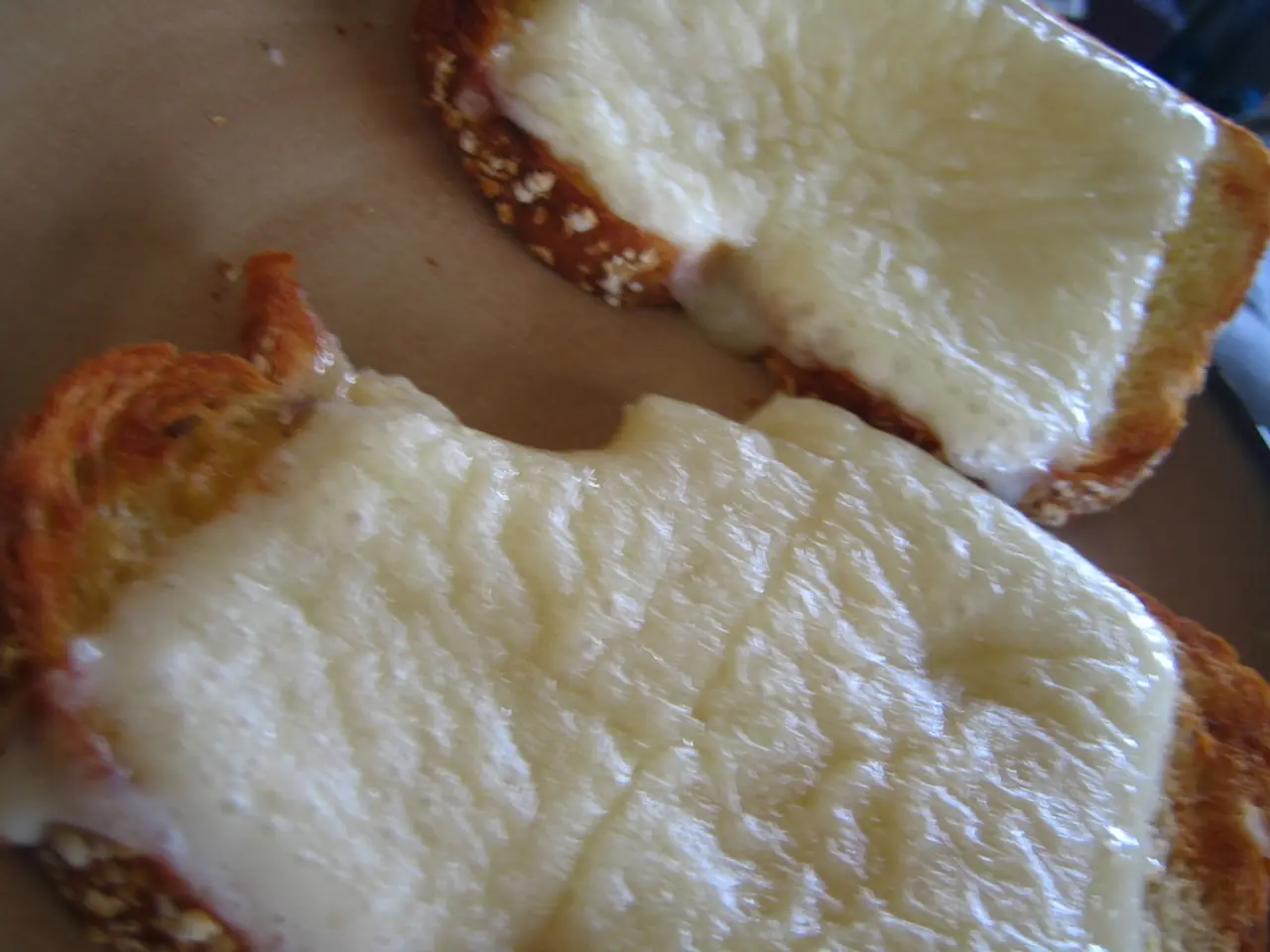Treatments for Pyogenic Granuloma: Employing Corticosteroids and Other Medications in Topical and Injection-based Therapies.
Pyogenic granulomas are small, protruding growths of blood vessels that can appear on the skin, most commonly affecting children and young adults, particularly those aged 6-7, and women who are pregnant or taking oral contraceptives. These growths typically occur on the fingers, face, mouth (tongue, gums, inside of the nose), and are not infectious.
Pyogenic granulomas are a type of tumour known as a lobular capillary haemangioma. They can develop due to various factors, including trauma to the skin, increased hormone levels, certain medications, and specific medical conditions.
When it comes to treating pyogenic granulomas, several options are available, each with its benefits and drawbacks.
Surgical Excision and Cauterization
Surgical excision involves physically removing the lesion. It offers a definitive diagnosis by allowing histopathological examination and usually results in complete removal, minimizing recurrence. However, it requires local anesthesia, can cause scarring, and may not be suitable for all locations or patient conditions.
Cauterization (chemical, e.g., silver nitrate, or electrocautery) achieves lesion destruction by burning the tissue. It is less invasive than excision but can cause local complications such as chemical burns and pain. For instance, silver nitrate cauterization led to complications like chemical burns in about 8% of cases in some studies. Electrocautery and chemical cautery may be more convenient but carry risks of local tissue damage.
Topical Therapies
Topical therapies, such as steroids, can reduce lesion size by suppressing inflammation and vascular proliferation. They may be effective for smaller or superficial granulomas. However, prolonged use risks systemic absorption leading to hypothalamic-pituitary-adrenal (HPA) axis suppression and local side effects such as skin hypopigmentation, atrophy, and infection. This limits their widespread use.
Other treatments like salt granule therapy have shown promising results specifically in umbilical granulomas by inducing osmotic dehydration and resolving lesions rapidly with minimal adverse effects, suggesting potential broader applications for pyogenic granuloma.
Intralesional Treatment and Natural Methods
Intralesional treatment for pyogenic granuloma involves injecting a corticosteroid directly into the growth of blood vessels. Topical treatments for pyogenic granuloma involve applying a cream or gel to the affected area. A more natural method of treating pyogenic granuloma, involving applying table salt to the site, is only advised for growths that are not growing or bleeding.
Another surgical approach, laser therapy, causes low pain levels, quick healing times, and low levels of scarring. Cryotherapy, which involves freezing the pyogenic granuloma, is a surgical approach that reduces scarring but does not allow for pathology testing.
In cases of pyogenic granuloma where an individual has multiple growths, intralesional treatment may be chosen.
Pyogenic granulomas appear as lumps extending out of the skin, are red, purple, or yellow, and can bleed easily. Maintaining oral health and seeking dental treatment can reduce the risk of pyogenic granulomas.
In summary, surgical excision provides definitive treatment and diagnosis but involves invasiveness and potential scarring, cauterization is less invasive but risks local tissue injury, and topical steroids are less invasive but have potential systemic and local side effects with longer use. The choice depends on lesion size, location, patient condition, and risk tolerance. Novel, less invasive approaches like salt therapy may offer benefits but require further study for generalized pyogenic granuloma treatment.
- Pyogenic granulomas, while not infectious, can develop due to various factors such as trauma, medications, or specific medical conditions.
- Surgical excision offers a definitive diagnosis and usually results in complete removal, but it may cause scarring and is not suitable for all locations or patient conditions.
- Topical therapies like steroids can reduce lesion size, but prolonged use may lead to systemic absorption and local side effects.
- In cases of pyogenic granulomas where an individual has multiple growths, intralesional treatment may be chosen as an alternative surgical approach.




